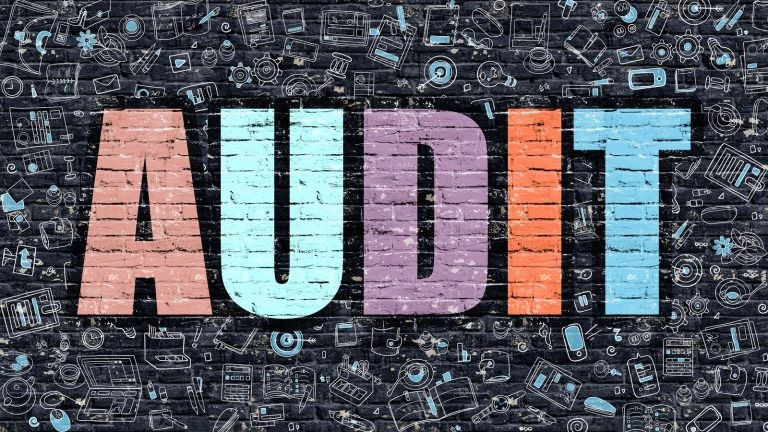AUDITING YOUR SOCIAL MEDIA ACCOUNTS, WHAT IT CAN TEACH YOU
- motishaonlinemarke
- Jan 12, 2022
- 3 min read
By Imeru Wambui

WHAT IS SOCIAL MEDIA AUDITING
It’s a hard look at the data from all your social media accounts and the social conversations across the internet about your brand and your competitors.
A social media audit creates a clear picture of your current social efforts and shows you the best way to improve results.
A social media audit is the process of reviewing your business or brand metrics to assess growth, opportunities and what can be done to improve your social presence.
HOW CREATE YOUR OWN SOCIAL MEDIA AUDIT
When creating a social media audit be sure to include the following data:
Profile information (name and URL)
Engagement metrics
Publishing metrics
Audience demographics
Referral traffic
Channel specific metrics
The username and URL for each platform that you’ll audit
The number of followers for each account
Engagement metrics
Demographic information
Popular content

HOW TO CONDUCT A SOCIAL MEDIA AUDIT?
1.Track down all your social media accounts
Where to find this info:
Search the web. Start by Googling your brand name and the name of your products or services to see what social accounts come up.
Search social networks. Visit each of the main social networks and search directly for your brand and product names to see if you uncover any unexpected accounts.
2. Make sure each account is complete and on brand
Where to find this info:
You’ll need to look at each social account individually.
Here are the components to check for each social account:
Profile and cover images. Make sure your images reflect your current branding and adhere to the social networks’ image size requirements.
Profile/bio text. You have limited space to work with when creating a social media bio, so it’s important to make the most of it.
Handle. Are you using the same handle across all social channels?
Links. Make sure you link to your homepage, an appropriate landing page or blog post, or a current campaign.
Pinned posts. Evaluate your pinned posts to ensure they’re still appropriate and up-to-date.
Verification.
3. Identify your best posts
For each account, record which three posts had the most engagement.
Where to find this info:
You can find key metrics for your social posts using the built-in analytics tools for each social network.
4. Evaluate channel performance
In this step, you’ll record overall channel performance, rather than looking at the performance of individual posts
5.Track results over time
It’s a good idea to compare your results this will allow you to spot regular seasonal variations and any unusual changes in real time.
6.Calculate your return on investment
If you’re running a paid or organic campaign on any social network, calculate your return on investment for each period as part of your social media audit.
Where to find this info:
Advanced analytics tools can provide a detailed analysis of your social media ROI e.g. Sprout Social, Hoot suite, Buffer etc.
7.Understand the audience for each network
As you evaluate how each social media account helps support your brand, it’s important to understand who you can reach through each channel. Audience demographics are a good starting point.
Where to find this info:
Learn about the demographics of your followers on by using each social network’s built-in analytics tool, like Facebook Audience Insights.
8.Decide which channels are right for you
Complete this step by revisiting your goals for each channel. Create new goals for the next period based on everything you’ve learned.
9.Standardize channel ownership and passwords
10.Do it all again
it’s important to say that a social audit is not a one-off process. You should conduct regular audits to ensure everything is on track, and look for changes in the way your accounts are performing. A quarterly social audit is a great way to keep your social accounts producing the best ROI. It ensures you regularly circle back to compare the work you do day-to-day with the goals outlined in your social media strategy.

CONDUCTING SOCIAL MEDIA AUDITING WILL HELP YOU WITH THE FOLLOWING
Understand the effectiveness of your social media efforts and adjust what isn’t working.
Develop or adjust a social media strategy that aligns to specific, actionable business objectives and goals.
Discover trends you can use to create or modify social media campaigns.
Receive valuable insight into customer sentiment and perception of your brand.
Provide executives and your team a look into what is or is not working so you can manage and justify social media spending.
Whether impostor accounts are stealing your fans, content etc.
Which outdated profiles you need to revive, repurpose, or shut down
New opportunities to grow and engage your audience
RESULTS OF SOCIAL MEDIA AUDITING DATA
An audit of your social media accounts helps you understand what’s happening on each Social Media network. This will result in precise, up-to-date data on:

Impostor accounts and outdated profiles
Account security and passwords
Goals and KPIs for each branded account, by platform
Your audience, their demographics and personas
Who’s accountable for what work on your team
Your most successful posts, campaigns and tactics
Gaps, underwhelming results, and opportunities for improvement
Key metrics for measuring future success on each platform








Comments